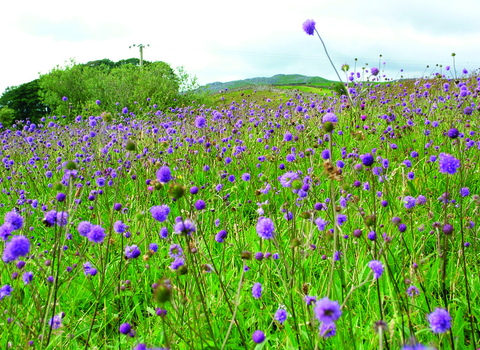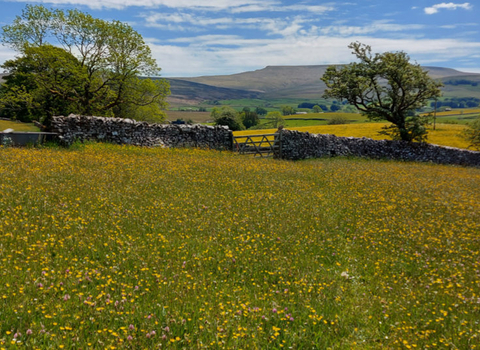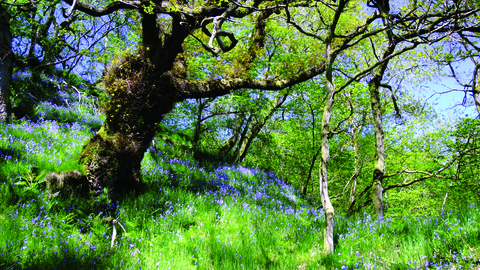
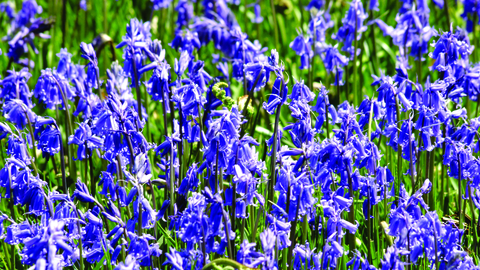
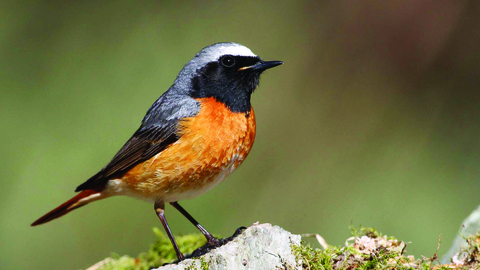
Redstart © Margaret Holland
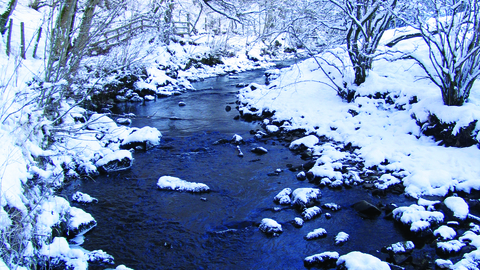
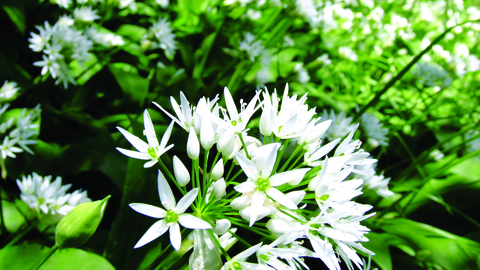
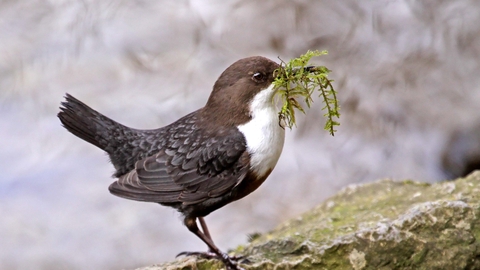
Dipper © Margaret Holland
Spring flowers carpet the woodland floor whilst species rich meadows provide a habitat for orchids and melancholy thistle.
Location
OS Map Reference
1:50,000 Sheet no. 91Roadside parking area:
Grid reference: NY 841 148
what3words ///speeding.awkward.paramedic
4WD car park & entrance:
Grid reference: NY 839 139
what3words ///tested.observer.doghouse
Getting here
By car:
From Brough take A66 east for approximately 4km/2.5 miles. Take the right turn signposted Hard Hills onto the old A66. Park on the roadside near the bus turning area on the left hand side and continue on foot. After 500m take the public footpath down the farm track on the left hand side to Gill Bank. There is vehicular access to Gill Bank but care is needed and is recommended for 4WD vehicles only.
By bicycle:
The reserve is 2km/1.2miles miles from National Route 70 Walney to Wear (W2W).
By public transport:
Buses run from Ravenstonedale and Kirkby Stephen to North Stainmore.
View on What3Words
Know before you go
Dogs
When to visit
Opening times
Open all year roundBest time to visit
March to AugustAbout the reserve
Wildlife highlights
- Dippers and grey wagtails feed in the clear water around the waterfalls and pools
- Bats and a variety of birds such as great spotted woodpecker, spotted flycatcher, treecreeper, redstart and many species of tit find the mature trees ideal for providing food, roosting and nesting places
- Wildflowers including greater butterfly and fragrant orchid, wood crane’s-bill, melancholy thistle and adder’s-tongue fern flourish in the meadows
- In spring - bluebells and other flowers carpet the woodland floor.
- In summer - a good time to find orchids and the lovely melancholy thistle.
- In autumn - flocks of long tailed tits flit around the trees.
- Keep an eye out for red squirrels.
What makes Argill Woods so special?
Nestled in a secluded river valley, this woodland is a sanctuary for numerous plants and animals.
Wild garlic thrives amongst the ash and birch woodland on the limestone soils, while bluebells and wood-sorrel are abundant on the more neutral soils where oak and birch trees dominate the canopy above.
Woodland
Argill Woods is a good place to compare trees and plants growing on different soil types. On the limestone soils you will find ash and birch woodland along with wild garlic and dog's mercury. On the more neutral soils, oak and birch are the main tree species with bluebell and wood sorrel.
Homes for birds
Mature trees provide food and nesting places for a variety of birds such as greater spotted woodpecker, spotted and pied flycatcher, nuthatch, tree creeper, redstart and numerous species of tit.
Dead wood is important here as many creatures, such as beetles, woodlice and flies, need it for food and shelter. These in turn provide rich pickings for birds and other animals to eat.
Wildflowers
Between the areas of woodland, clearings of species rich grassland come alive in summer with wildflowers.
Look out for the handsome melancholy thistle and orchids such as greater butterfly orchid, fragrant orchid and common and heath spotted orchids.
Waterfalls and pools
Around the pools and waterfalls of Argill Beck you can see dippers and grey wagtails feeding in the clear water.
Numerous springs join the beck through wet flushes where water mint, marsh valerian and angelica can be seen.
Keeping it special
The Trust manages the meadow areas with a combination of cutting and grazing, whilst keeping livestock out of the woodland to promote woodland regeneration.
Industrial history
Over many millennia Argill Beck has carved a steep-sided valley as it winds its way from Stainmore to the River Eden.
Due to the steep and challenging landscape, parts of the nature reserve are likely to have been wooded for centuries, yet despite this inaccessibility small-scale coal mining took place in the 19th and early 20th centuries.
Recent history
Argill Woods was purchased in two parts in 1984 and 1986 with grant aid from the Worldwide Fund for Nature, the Countryside Commission and donations from Trust members.
Further Information
Visit the The North Peninnes AONB Partnership website for Special Invertebrate Site information.
Species
- Adder's-tongue fern
- Bluebell
- Common fragrant-orchid
- Grey wagtail
- Great spotted woodpecker
- Melancholy thistle
- Pied flycatcher
- Redstart
- Treecreeper
- Wood sorrel
- Ash
- Silver birch
- Dipper
- Spotted flycatcher
- Nuthatch
- Greater butterfly-orchid
- Bluebell
- Long-tailed tit
- Red squirrel
- Wild garlic
- Dog's mercury
- Water mint
- Wild angelica
Contact us
Environmental designation
Did you know?
The local area, Stainmore, means 'stony moor'
Upcoming events at Argill Woods Nature Reserve
If there are any upcoming events at Argill Woods Nature Reserve we'll show them to you below.
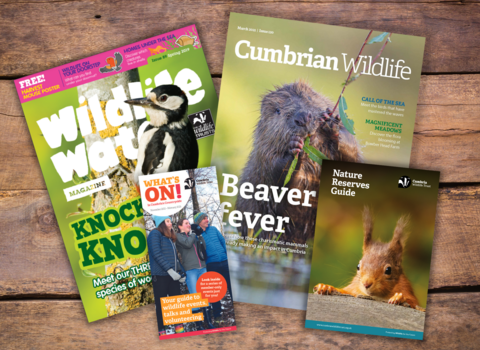
Support our conservation work on this nature reserve,
and protect Cumbria's wildlife & wild places.

